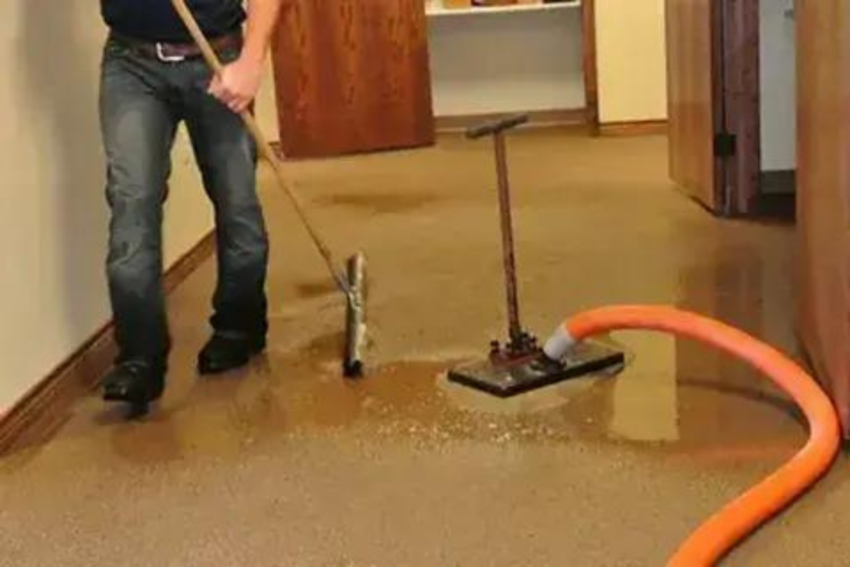Water backups can quickly turn into a homeowner’s nightmare. Whether it’s a backed-up sewer line, a malfunctioning sump pump, or heavy rainfall overwhelming your drainage system, the consequences can be messy, costly, and stressful. In this article, we’ll explore essential strategies for preventing water backups and how to effectively recover if you find yourself facing this unfortunate situation.
Preventing Water Backups
1. Regular Maintenance
-
Sump Pump: If you have a sump pump, ensure it’s in good working condition. Clean and test it regularly to prevent failures during heavy rains.
-
Plumbing Inspection: Schedule routine plumbing inspections to catch and address issues like clogs, leaks, or tree root intrusions before they lead to backups.
2. Backup Prevention Devices
-
Backwater Valves: Install backwater valves in your sewage system. These one-way valves allow wastewater to flow out but prevent it from backing up into your home.
-
Check Valves: Consider installing check valves on your sewer lines to prevent water from flowing back into your basement in the event of a sewer backup.
3. Proper Landscaping
-
Grading: Ensure your yard is properly graded away from your home’s foundation to prevent rainwater from pooling near your basement walls.
-
Gutters and Downspouts: Keep gutters and downspouts clear of debris to allow for efficient rainwater drainage.
4. Monitor Weather Alerts
- Stay informed about weather conditions and forecasts, especially during heavy rainfall. Knowing when to expect severe weather can help you prepare in advance.
Recovering from Water Backups
1. Safety First
-
Ensure everyone in your household is safe and that there are no electrical hazards caused by the water backup.
-
If the water is contaminated (e.g., from a sewer backup), avoid contact with it and wear protective gear if you need to enter affected areas.
2. Assessment and Documentation
-
Document the damage with photographs and notes. This documentation will be essential when dealing with insurance claims.
-
Assess the extent of the damage and identify what can be salvaged and what needs to be discarded.
3. Water Removal and Cleanup
-
Use pumps, wet/dry vacuums, and dehumidifiers to remove standing water and dry out affected areas.
-
Clean and disinfect surfaces and items that came into contact with the contaminated water to prevent mold and bacteria growth.
4. Repairs and Restoration
-
Repair or replace damaged plumbing, electrical systems, and structural elements.
-
Restore your home to its pre-backup condition. This may involve replacing drywall, flooring, and insulation.
5. Prevent Future Recurrences
-
Address the root cause of the water backup, whether it’s a plumbing issue or inadequate drainage.
-
Consider implementing additional preventive measures like a backup generator for your sump pump or upgrading your sewer system.
Water backups can be a significant disruption, but with proper prevention and a well-executed recovery plan, you can minimize the damage and stress they cause. By staying proactive and informed, you can protect your home and your peace of mind from the threat of water backups.


